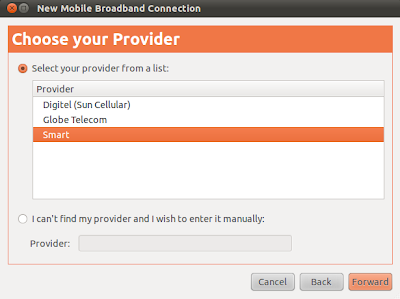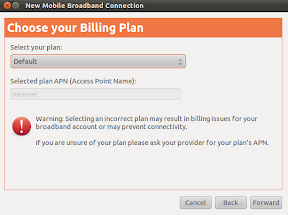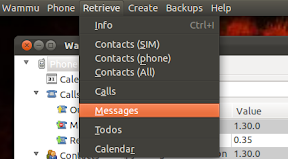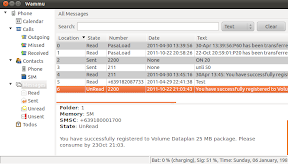Brewing Kombucha : not so short guide
Jun 23
Top of my head brewing, guide, home No Comments
Drinking Kombucha (fermented tea) is an acquired taste as it range from slightly sweet (less fermentation) to tart (apple cider) and also sour (like apple cider vinegar). The health benefits however are being touted for centuries. The TL;DR; is that is it a fermented product so it has micro-nutrients and amino acids that your body cannot produce on its own. For the long version, try reading this article from draxe.com which also has a video near the middle that summarizes the main points of the article.
Kombucha is considered a health drink which translates to being expensive. In Manila, a 500ml bottle can fetch somewhere in the Php250-300 range. Brewing kombucha however is very easy as long as certain basic rules are followed. For all intents and purposes it is sweet tea fermented by adding a colony of organism that will eat the sugar and poop out beneficial organics. What makes its expensive is the brewing period and the fancy labels and packaging. Enough talk, lets start with the guide.
1. Pre-requisites
- SCOBY – or “Symbiotic Colony of Bacteria and Yeast” for long. It is also called mushroom due to its appearance. Or brain matter by some. 😉 It is the living colony that will convert your sweet tea to kombucha. You can look for brewers in your area who has some to spare or some enterprising individuals that sell scoby and some starter kombucha brew. The starter brew is important as most of the living microorganisms are in that liquid and not in the mushroom/pellicle.
- tea leaf – preferably of the black variety. Green tea can also be used for a more delicate brew. Stay away from herbal teas or flavored/fusion ones as they contain oils that can become rancid or kill the SCOBY.
- Sugar – white or brown cane sugar is best. Don’t use honey as its anti-bacterial properties will kill the scoby. The scoby will eat the sugar so dont worry about using the real thing.
- Brewing vessel – pots or pans for brewing sweet tea. If these are metal, try to stick to stainless steel ones.
- Stirring implements – preferably wooden, plastic or ceramic ones. It is fine to stir the brewing tea with metal spoons but under no circumstance should the scoby touch any metal surface.
- Brewing containers – where the sweet tea with scoby will be left to ferment. If this has a spigot, make sure that the spigot is plastic. Try to have wide-mouthed containers as a narrow mouth can slow the brewing period.
2. Brew the tea and ferment
- What I normally do is heat water to the point before it boils briskly (only a few bubbles starts forming). I read somewhere that using a fully boiled water in tea is frowned upon but I have used briskly boiling water without any issues.
- Once the water has reached the desired temperature, add 1-2 tablespoons of sugar for every liter of water and stir. This can be increased if desired as the SCOBY will eat the sugar anyway. Don’t reduce the ratio further though as it can starve the SCOBY which can lead to its death. Remember: sugar = scoby food.
- Once the sugar has dissolved, add your teabags or tea leaf in your favorite infuser. My ratio is 1 teabag per liter of water. I normally use black tea or roiboos if that is available. Steep the tea. Some say to limit it to 15 mnutes but I have accidentally left the teabag overnight. The brew was still usable.
- Cool the sweet tea brew. Then transfer to the brewing containers. Then add the kombucha starter brew (or from a fully fermented batch) so it makes up 20% of the total sweet tea brew. If there is not enough starter brew, white vinegar can be used to jumpstart the acidity/pH level of the mixture.
- UPDATE: An alternative and quicker method that I have been using for brewing the sweet tea is to use the hyper/concentrated method I saw in ProHome Cooks. This method is useful if you are using filtered water. Its basically using only 1/4 of the original water but keeping the same amount of teabags and sugar to produce a concentrated sweet tea. After steeping the tea, add the other 3/4 volume of water to dilute and quickly cooldown the mixture. Once that has cooled down, proceed to adding the scoby and starter liquid .
- IMPORTANT!!! : Cover the mouth of the brewing canister with cheesecloth or table napkins then secure them with string or rubber band. It is important to let the brew “breathe” otherwise it can die if it suffocates. The scoby eating the sugar will product carbon dioxide so a tightly covered container will cause oxygen deprivation and build pressure that can shatter the container.
- After 5-7 days, taste the brew if its tart enough. Make sure to take the liquid sample from the mid to lower part of the container by using a straw.
The fermentation period will vary based on several factors like temperature, if the container is exposed to sunlight, the amount of sugar in the sweet tea brew, and the amount of the scoby and starter liquid. Quick fermentation is not always desirable as it can produce a very sour brew. Some brewing guide recommends up to 30 days but I find 7-14 days is the sweet spot (pun intended) for me and my wife to consume the kombucha.
3. Consume or do a second fermentation
Kombucha can already be consumed as is when it is tart enough. To stop or slow the fermentation, transfer it to another container that has a tight lid and then put it in the refrigerator. It is now ok to have a tight lid as this will cause the carbonation of the drink or the formation of the “fizz” found in soft/soda drinks.
If the Kombucha was too sour (i.e. left to ferment for longer than expected) then another option is to do a second fermentation. The second fermentation is also desirable if you want to make flavored kombucha. The way to do it is to mix it with your preferred fruit juice (or purée) and then put a tight lid. My preferred ratio for the second fermentation is 20% juice (normally grape or black currant), 70% kombucha and 10% water. Letting the mixture brew from overnight to 24 hours is usually enough to have a fizzy drink. Serve with ice or refrigerate before consuming. 🙂
4. Notes and where to go from here
Here are some items to take note:
- Don’t consume all of the liquid. Reserve some for your next brew.
- When starting the initial brew, there is probably going to be a small amount of kombucha with the scoby you procured. Start brewing a liter first and then use that to start brewing a larger batch.
- The scoby may float or sink. Both states are normal.
- It the floating scoby starts developing dry, dark or black spots, see if you can remove it if it has not touched the liquid. That is already mold and harmful to humans. If the mold has already touched the liquid then throw the batch and start anew. White spots are generally fine as long as they are not fuzzy.
- During fermentation the scoby will grow or might spawn a “baby scoby”. The baby scoby can be used to help start a fresh brew when it is large enough.
- Extra scoby can be eaten like a tasteless jelly or can be added to salads. Or better yet give them to a friend or sell them. 🙂
Enjoy!
 RSS
RSS

















